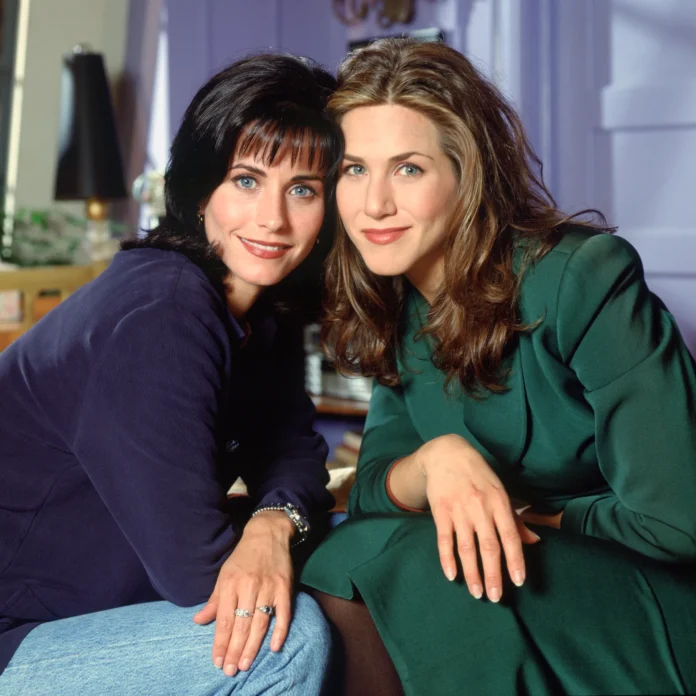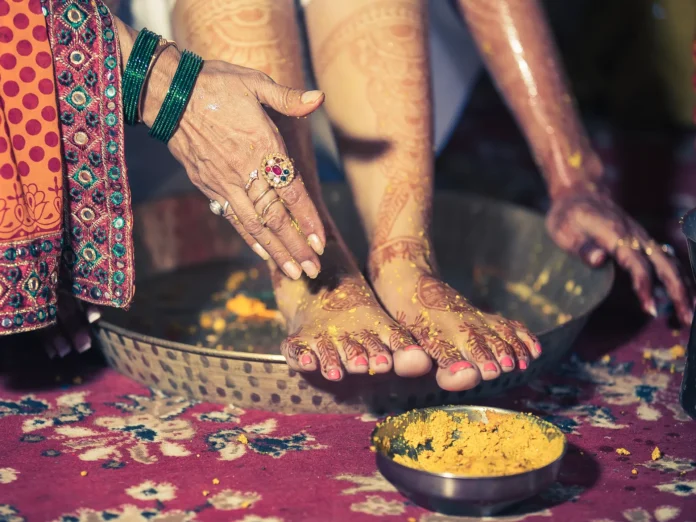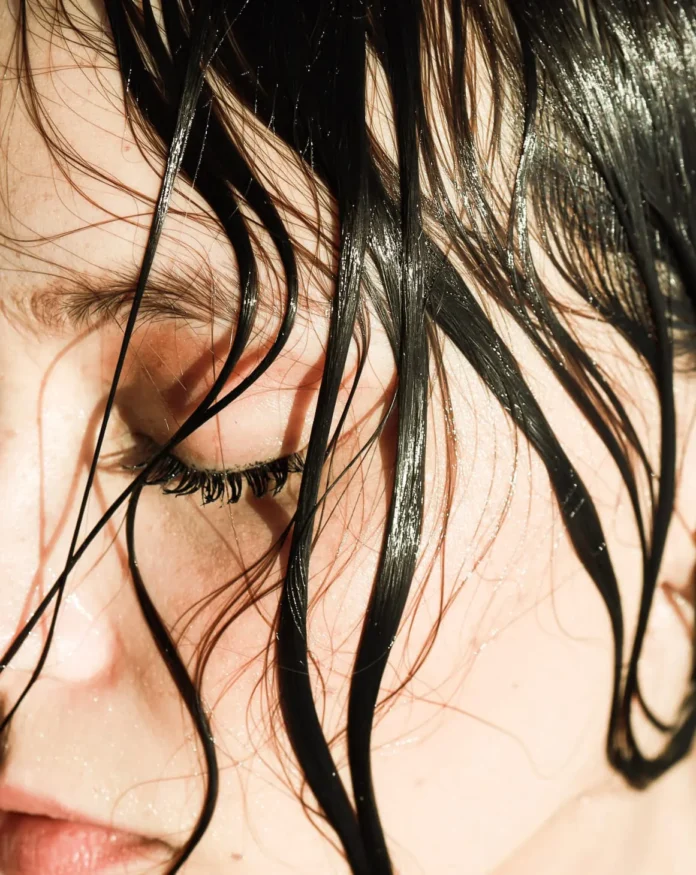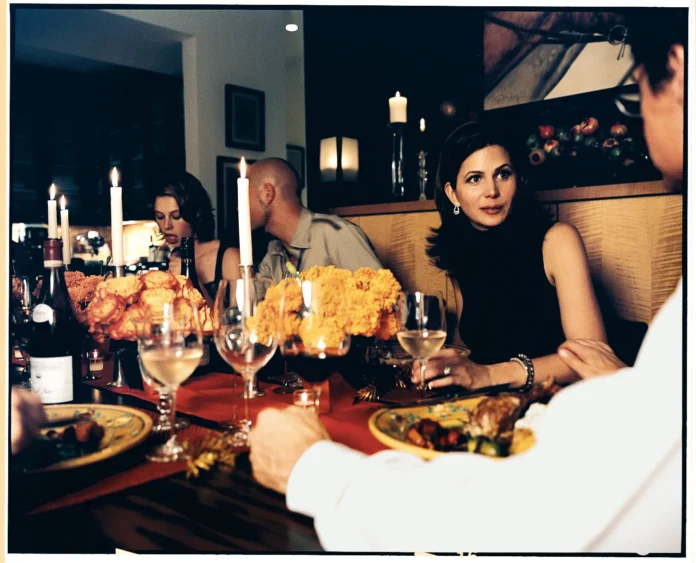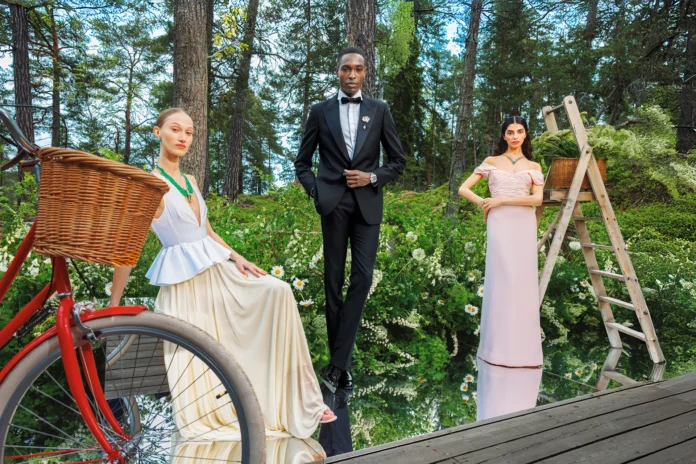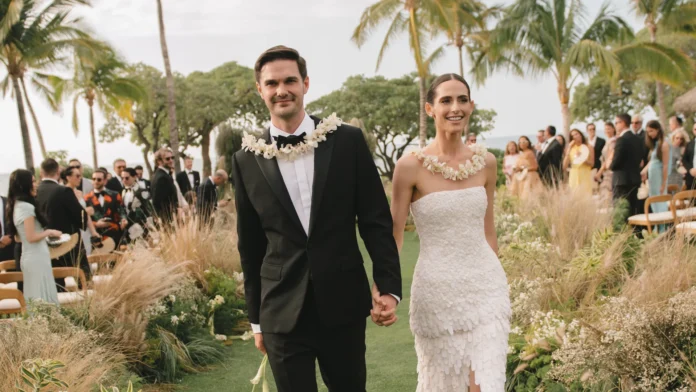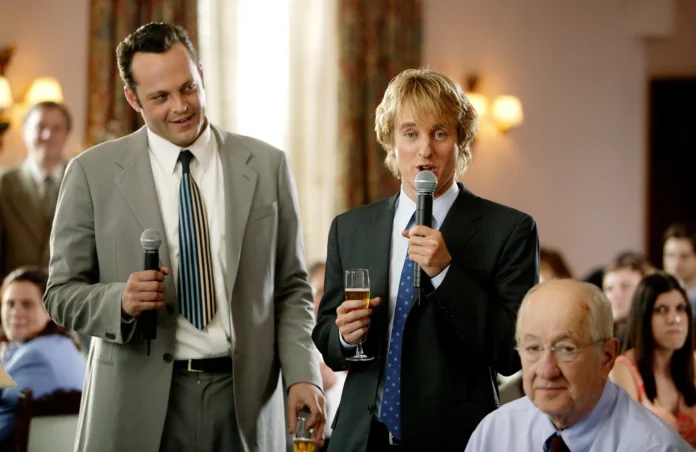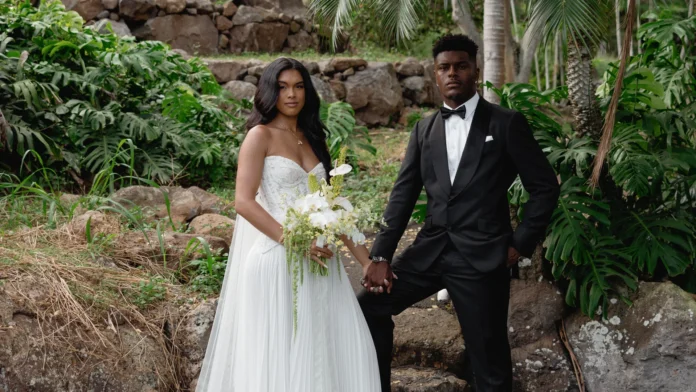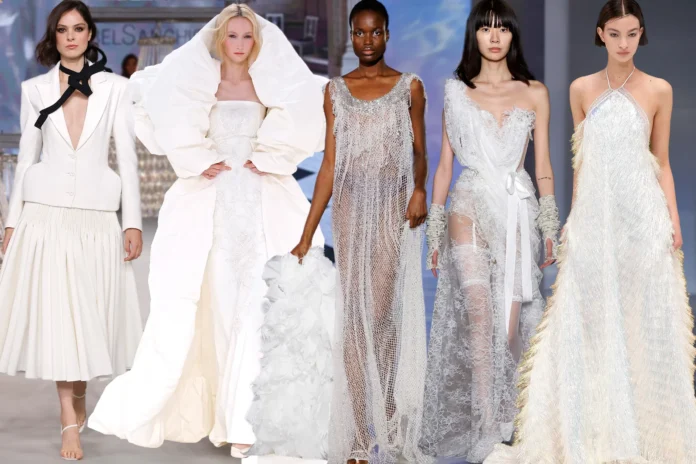At 31, I find myself reflecting on the nature of friendship—and realizing something has changed. While I’m lucky enough to have several close friends scattered throughout my life, people I trust and turn to for advice or support, I no longer possess that singular best friendship that feels so essential in earlier years. The kind of bond where you know, without a doubt, that you’re each other’s first call, the person who will always be there no matter what.
This shift isn’t uncommon. As we move through adulthood, friendships evolve, sometimes drift apart, and the intensity of those early connections naturally alters. It’s not necessarily about losing friends or growing distant—it’s about how our lives and priorities change, how the ideal of “best friend forever” adapts or dissolves over time.
The Best Friend Myth
There’s a cultural narrative that we all should have a best friend—the one person who knows us better than anyone else, the person who is our emotional anchor through every storm. For many, this best friendship defines youth: the schoolmate you share secrets with, the college roommate who becomes your family away from home, the friend who stays up all night talking through heartbreaks or dreams.
But adulthood often complicates that picture. Careers, relationships, geographic moves, and new responsibilities pull people in different directions. Even when friendships remain strong, the idea of a single “best” friend starts to feel limiting or unrealistic. Life is too busy, too messy, and too diverse for any one person to shoulder all your emotional needs.
Multiple Circles, Multiple Roles
What I’ve come to appreciate is the richness of having several close friends who each fulfill different parts of my life. One friend might be the sounding board for work frustrations, another the co-conspirator for spontaneous weekend adventures, and yet another the shoulder to cry on during personal crises. Rather than depending on a single individual, my support network is more distributed.
This mosaic of friendships can be incredibly satisfying, though it demands a new kind of attentiveness and intention. It requires recognizing the unique value each person brings without expecting any one friend to do it all. It also means accepting that friendships might ebb and flow—some will remain steady, others will fade or transform.
The Changing Landscape of Connection
Technology and social media play a paradoxical role in this evolution. On one hand, they make it easier to keep in touch with multiple friends, sharing glimpses of life and maintaining contact across distances. On the other, digital connections can sometimes feel shallow or performative, lacking the depth and vulnerability of in-person relationships.
At 31, I’m learning to balance these realities. I nurture those friendships that feel genuine and reciprocal, and I let go of the pressure to maintain every connection or to fit my relationships into neat categories. Some friendships are casual and joyful; others are deep and intense. All of them have a place.
Rethinking What It Means to Be Close
I’ve also had to reconsider what “close” really means. It’s not about constant communication or daily texts, but about feeling confident that a friend will be there when it counts. It’s the ability to pick up where you left off, even if months have passed. It’s shared history and mutual understanding, even if life pulls you apart for stretches.
This new perspective is freeing. It acknowledges that friendship is dynamic, sometimes messy, and always evolving. It allows space for independence and for the different rhythms of people’s lives.
Gratitude for the Friends I Have
While I no longer cling to the notion of a single best friend, I remain deeply grateful for the friendships I have cultivated. These relationships—each unique and valuable—continue to enrich my life in ways both large and small. Whether it’s a late-night conversation, a shared meal, or simply knowing someone has my back, these connections are precious.
The loss of the “best friend” ideal does not diminish the power of friendship; if anything, it expands it. It invites us to appreciate the varied ways people can support and love us throughout the many seasons of life.
